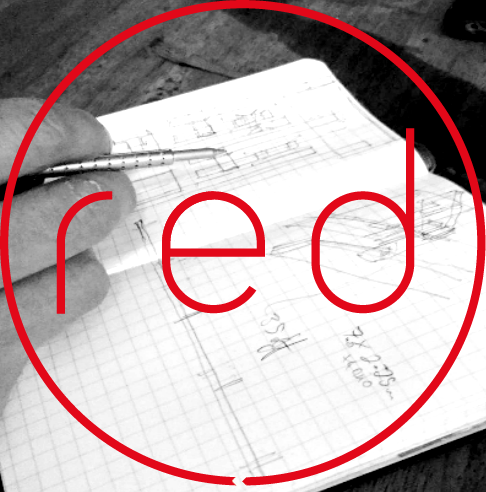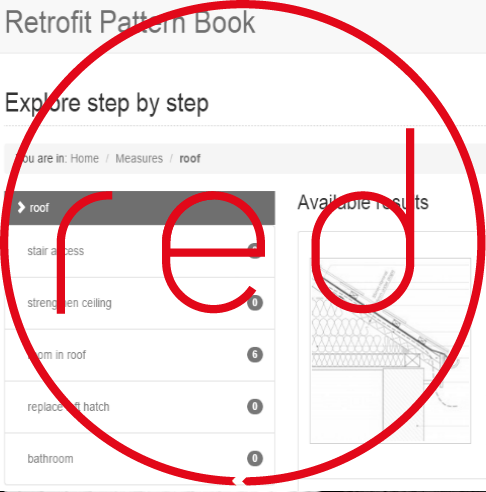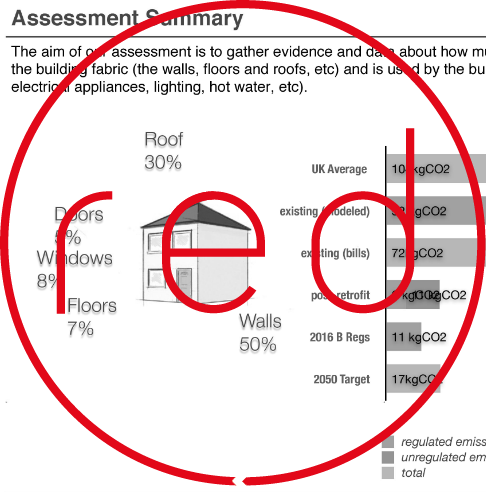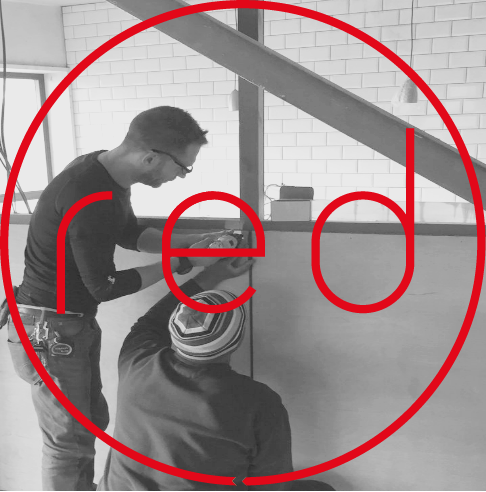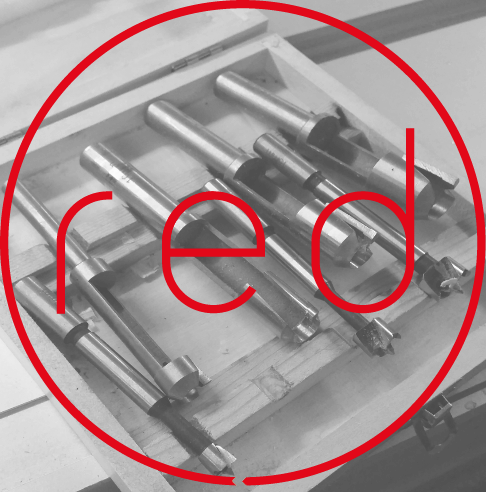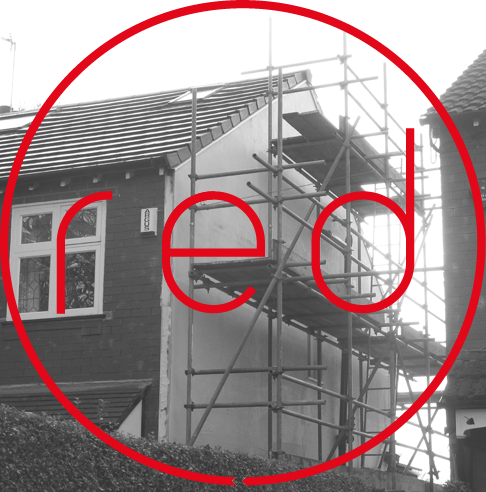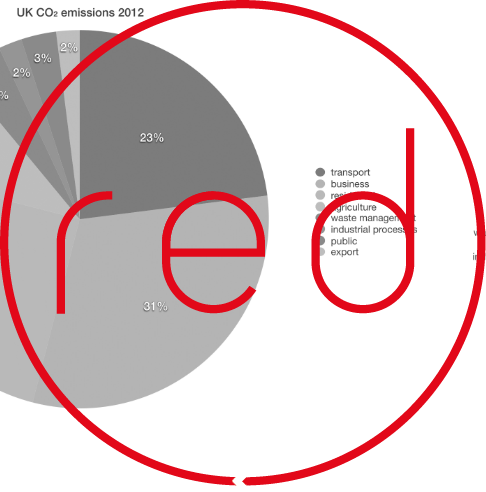walls
Walls are one of the key heat loss elements in a building : however they are also among the more complex parts.
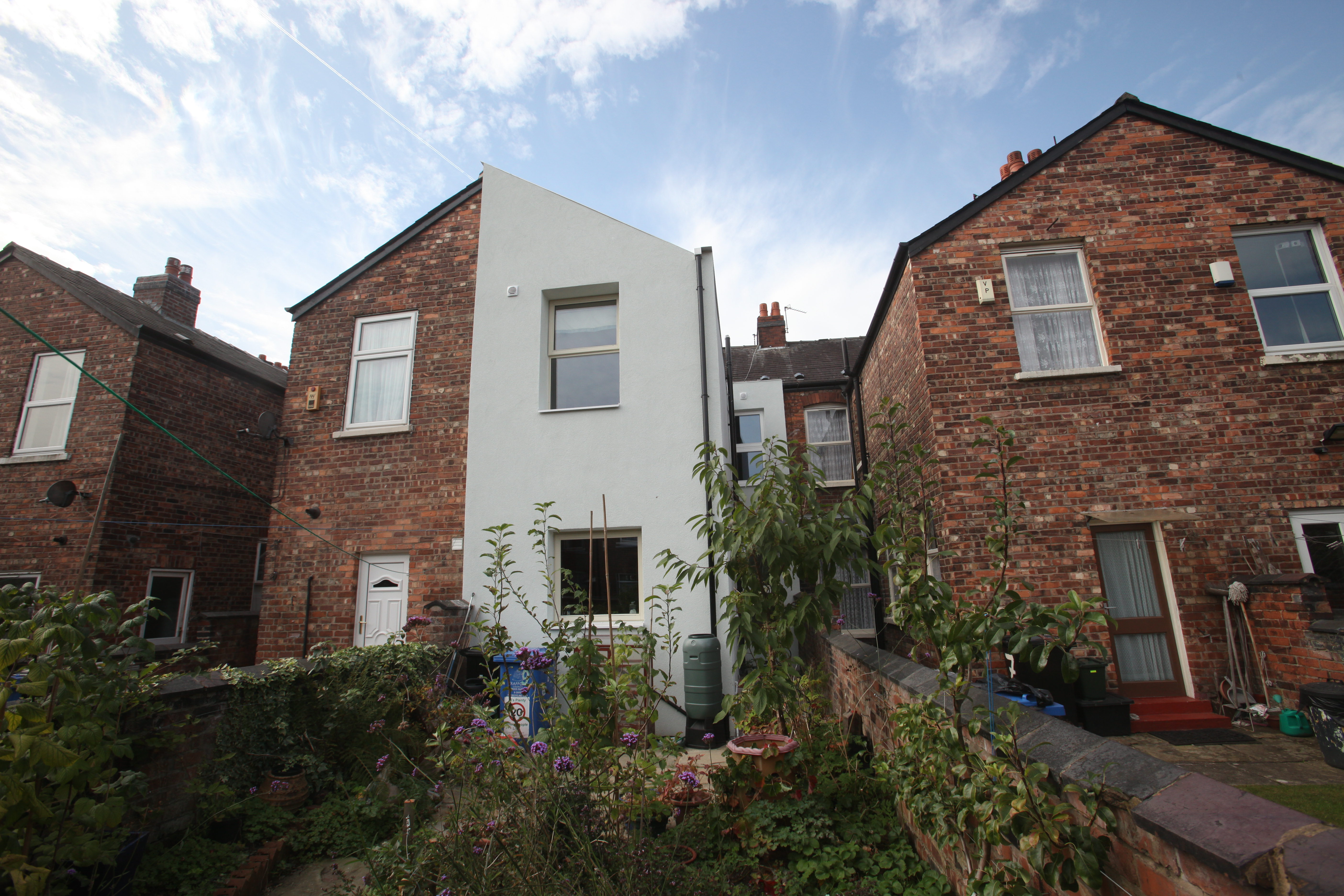
Even just the lowly brick can hide a variety of different issues. Buildings built before 1925 or so are likely to be more porous than those after, although not always. They will be stuck together with lime, later ones with cement, both with varying levels of vapour permeability and condition. Some walls will have cavities others will not. Cavities will vary in size form 20mm to 100mm. Windows or floor joists may be built into them. This means that how moisture is handled is critical, adding insulation will alter how this happens.
If insulation is added to the inside of a wall it means the existing wall will be cooler. Cold air holds less moisture than warm air so this increases the chance of water appearing in parts of the structure it has never been before. If this contains wood the risk of rot increases, on the outside if the brick or mortar is very porous the drop in temperature can increase the chance of frost damage.
So where possible we advise the use of External wall insulation. This warms up the wall reducing the chance of moisture damage (as long as permeable insulation is used if the masonry is vapour permeable), protects both timber and masonry and gives the property improved thermal mass. However this may not always be possible, heritage concerns, just nice materials or ornament all influence this kind of decision.

